Search Images
Browse Content (p. 1156)
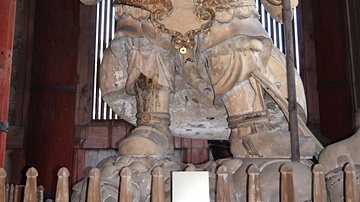
Image
Statue of Buddhist Guardian Tamonten
This is a wooden statue of Tamonten — one of the Four Deva Kings (Shitenno) and a guardian of Buddhist teaching. This statue can be seen at the Daibutsuden or Great Buddha Hall of the Todaiji temple complex in Nara, Japan.
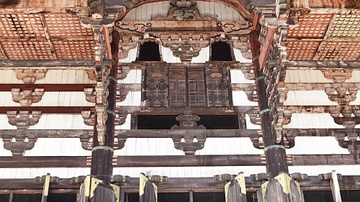
Image
Façade of Daibutsuden or Great Buddha Hall of the Todaiji Temple Complex
This is the wooden façade of the Daibutsuden or Great Buddha Hall of the Todaiji Temple Complex in Nara, Japan. Founded in 738 CE and officially opened in 752 CE when Nara was the capital, the temple is the headquarters of the Buddhist Kegon...
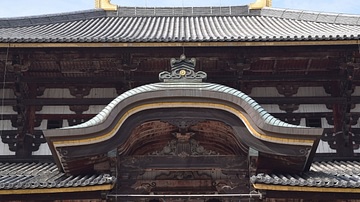
Image
Ornate Roof of Daibutsuden at the Todaiji Temple Complex
This is the ornate roof of the Daibutsuden or Great Buddha Hall of the Todaiji Temple Complex in Nara, Japan. Founded in 738 CE and officially opened in 752 CE when Nara was the capital, the temple is the headquarters of the Buddhist Kegon...

Image
Fushimi Inari Shrine in Kyoto, Japan
The Fushimi Inari Shrine near Kyoto (Heiankyo), Japan is the largest and most important shrine dedicated to Inari, the Shinto god of rice and prosperity. The shrine was founded in 711 CE by the Hata clan and moved from its original location...
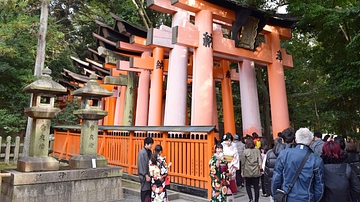
Image
Kyoto's Fushimi Inari Shrine
The Fushimi Inari Shrine near Kyoto (Heiankyo), Japan is the largest and most important shrine dedicated to Inari, the Shinto god of rice and prosperity. It is famous for the large number of red gates (torii) at the site. The shrine was founded...
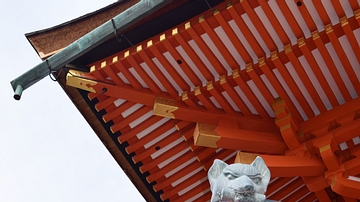
Image
Fox Statue at Fushimi Inari Shrine
The Fushimi Inari Shrine near Kyoto (Heiankyo), Japan is the largest and most important shrine dedicated to Inari, the Shinto god of rice and prosperity. It is famous for the large number of red gates (torii) at the site. The shrine was founded...
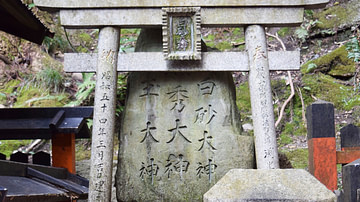
Image
Miniature Torii Gate and Shinto Shrine at Fushimi Inari
This is a miniature altar at the Fushimi Inari-taisha Shrine in Kyoto, Japan dedicated to the fox god Inari.
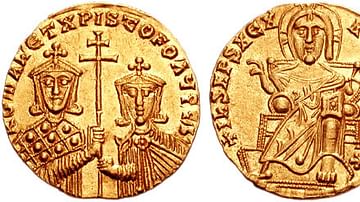
Image
Gold Coin of Romanos I
A gold nomisma (solidus) coin of Byzantine emperor Romanos I (r. 920-944 CE). He is shown with his eldest son Christopher. (Classical Numismatic Group, Inc. http://www.cngcoins.com)

Image
Arashiyama Sacred Grove
The Arashiyama "Sacred Grove" or bamboo forest is located in Arashiyama, Japan. Arashiyama and the adjoining Sagano area first became popular during the Heian period when courtiers and the imperial family sought privacy and seclusion away...
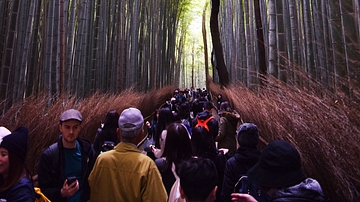
Image
Arashiyama Bamboo Forest in Japan
The Arashiyama Bamboo Forest or "Sacred Grove" is located in Arashiyama, Japan. Arashiyama and the adjoining Sagano area first became popular during the Heian period when courtiers and the imperial family sought privacy and seclusion away...